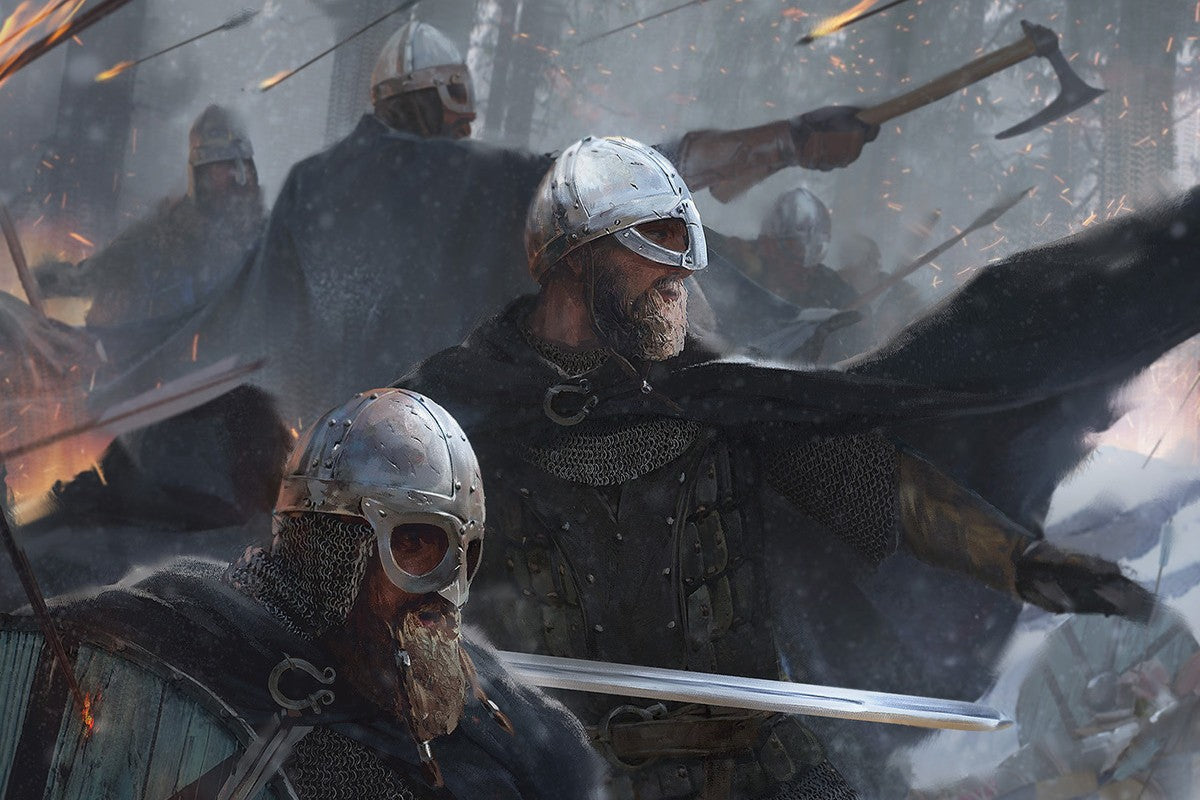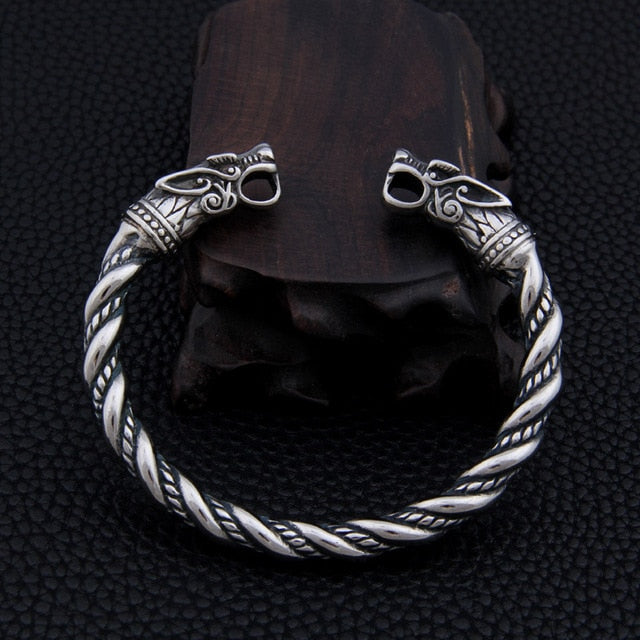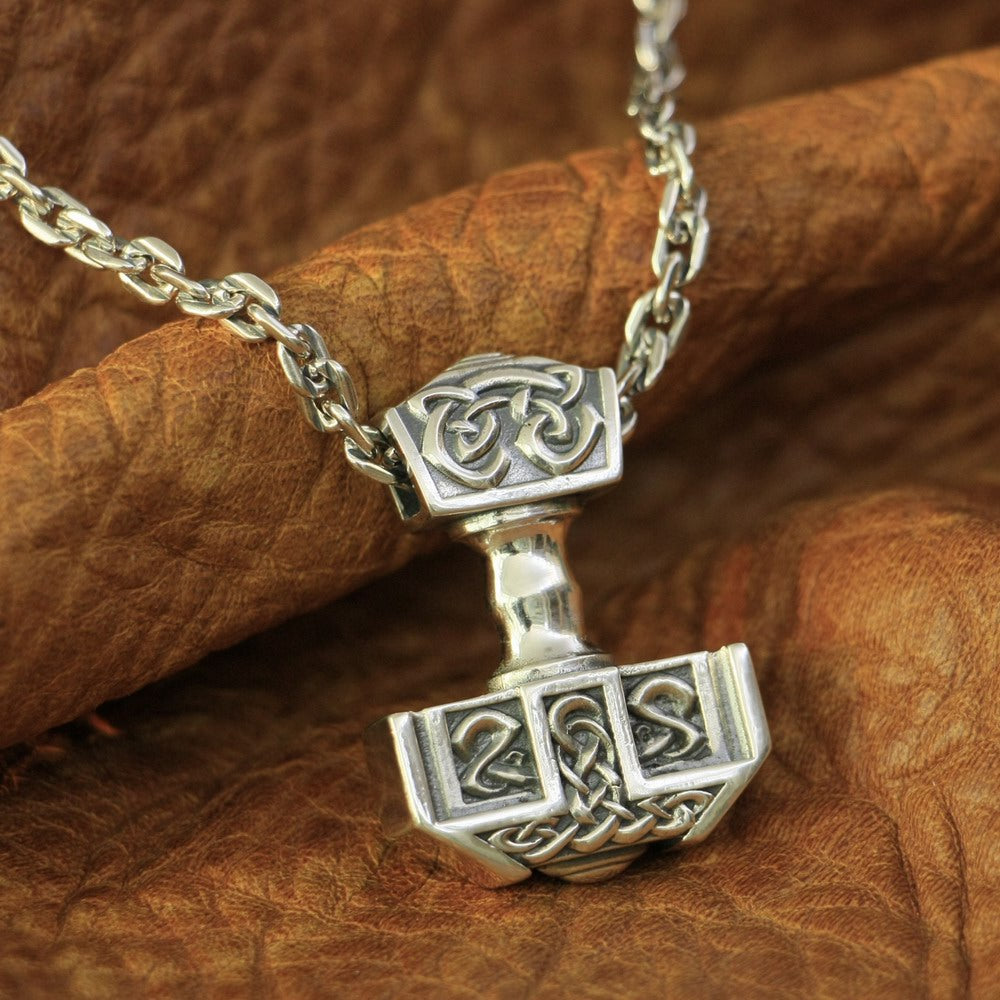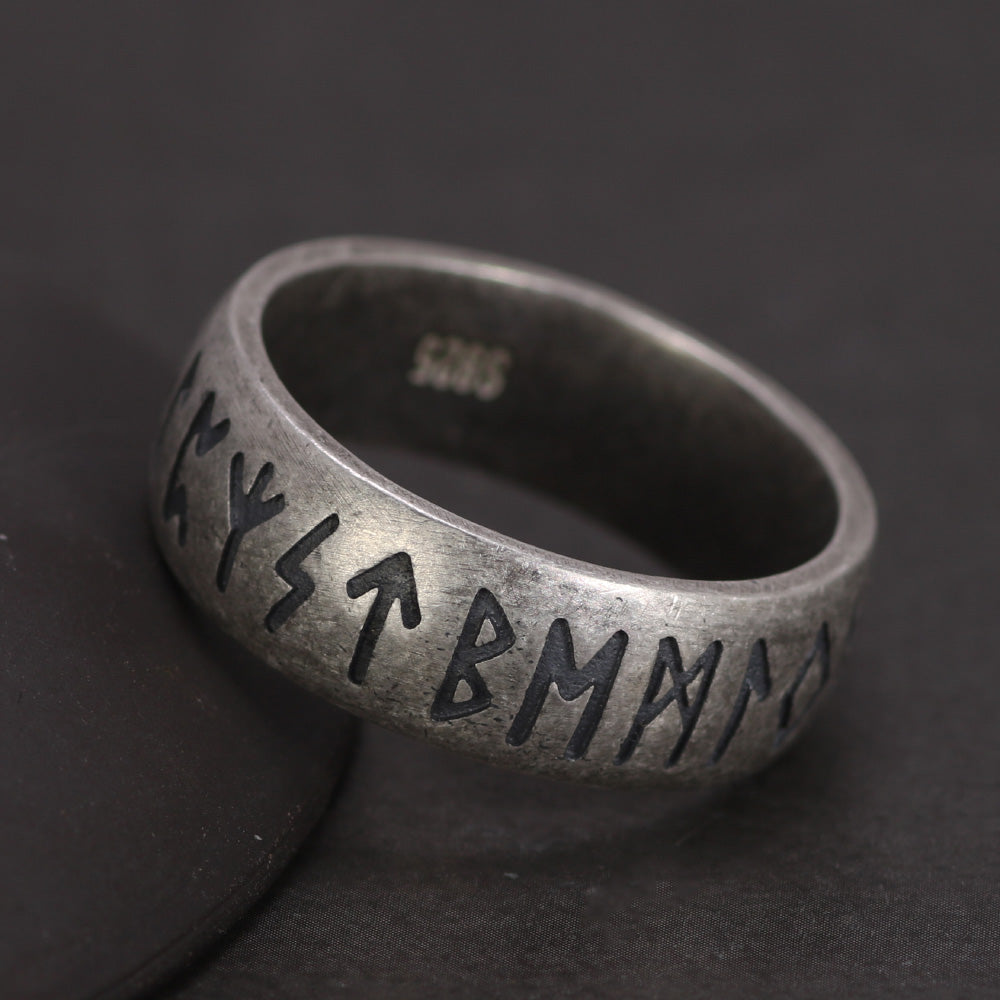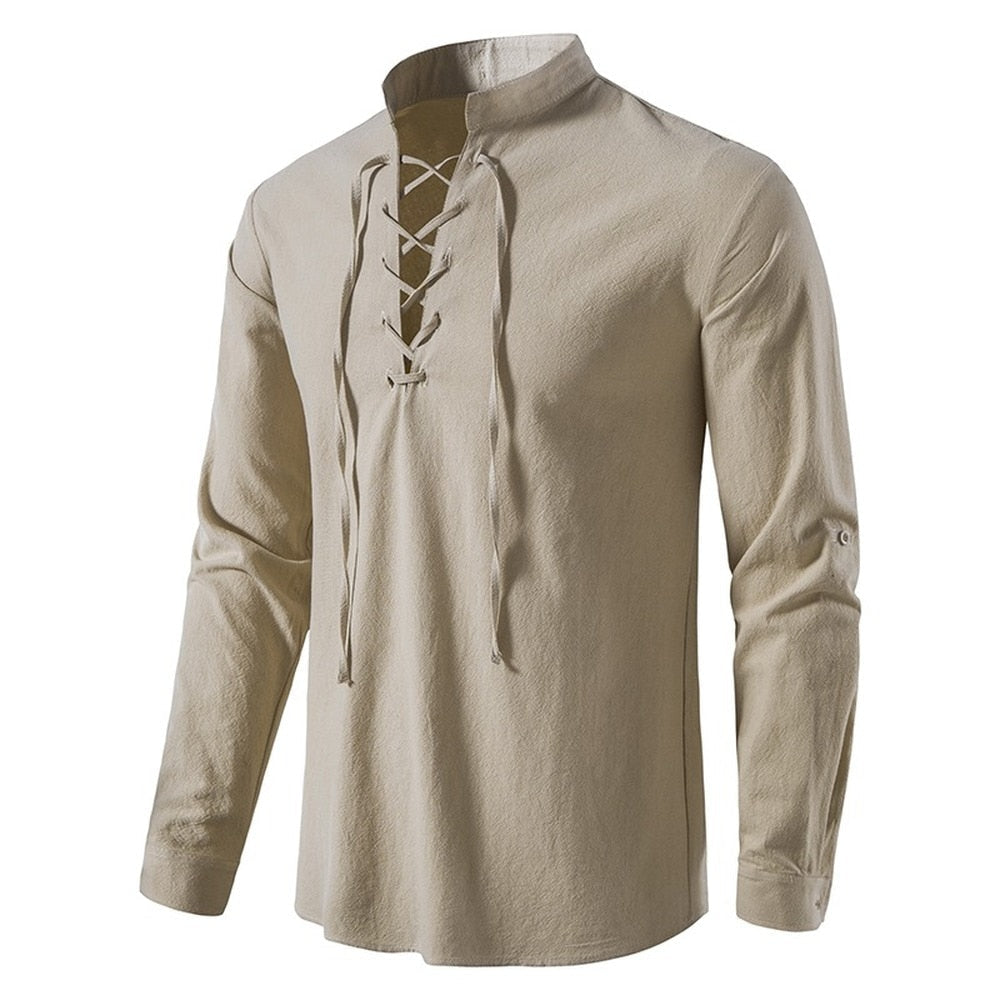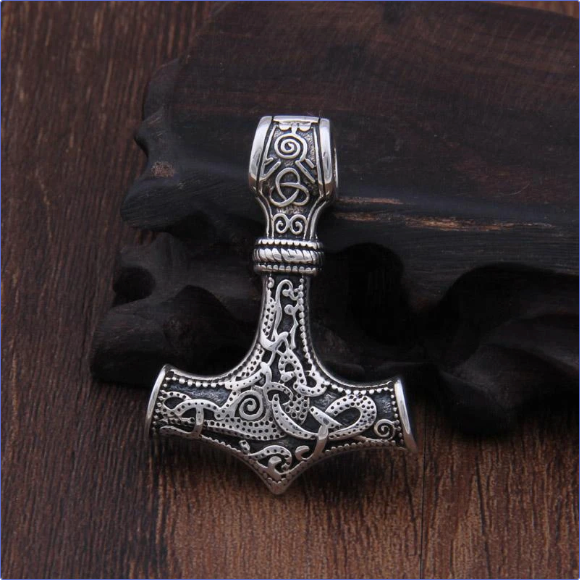Throughout European history, the evolution of martial power reveals two distinct paradigms: the ferocious, adaptive Viking warband and the structured, state-backed medieval army. These two models of warfare, though overlapping in time, embody fundamentally different societal roles, tactical doctrines, and martial identities.

Composition and Social Structure
Viking warbands, typically numbering in the dozens or low hundreds, were mobile groups centered around personal loyalty to a chieftain—often the organizer of the expedition. Vikings operated in small units with specific objectives, resembling elite raiding forces in their surprise-driven tactics. These warriors were often kin or loyal followers who convened for a particular campaign and dispersed afterward.
By contrast, medieval armies—especially from the high Middle Ages onward—operated within feudal or monarchical structures. Knights, feudal levies, archers, and mercenaries organized into hierarchical layers, with formal obligations, muster rolls, and titles. Warfare became professionalized over time, with standing units supported by royal taxes and logistics.
Strategy and Tactics
Viking tactics were hallmarked by surprise, speed, and adaptability. Small fleets landed unexpectedly, raids avoided pitched battle, and raiders exploited terrain and speed to outmaneuver defenders. They used wedge formations and tight shield walls to break through defenses, often targeting wealthy monasteries and towns through cunning or intimidation.
Medieval armies, however, emphasized siegecraft, cavalry charges, and strategic coordination. Structures like castles, fortifications, and organized infantry formations shaped large-scale confrontations. Siege tactics gradually evolved into large campaigns, often carefully planned for supply, timing, and political ends. The shift from raid to war was a shift from ephemeral violence to institutional warfare.

Organization and Logistics
Viking warbands lacked formal logistics beyond their ships. Their expeditions were self-contained, relying on foraging and quick raids. The concept of overwintering in foreign territories—using local estates as fortified bases—demonstrates both logistical opportunism and strategic depth.
Medieval armies, by comparison, required more structured logistics: supply trains, camps, and taxation to sustain troops during prolonged sieges or campaigns. Armies like those of the Crusades or the Hundred Years’ War mobilized vast resources, both human and material, under centralized authority.
Vikings did lay sieges, such as the sieges of Paris (read more here) and the invasion of England by "The Great Heathen Army" (read more about the Danelaw here), but such expeditions were exceptionally rare.

Warfare Experience and Cultural Impact
Unlike medieval knights—clad in armor, mounted, and steeped in chivalric culture—Viking warriors were often lightly armored, dismounted raiders, experts in melee combat. Their mythic image included berserkers: fighters in trance-like fury whose legend amplified the perception of their brutality (read more about Viking Berserkers here).
Medieval armies fostered social stratification: knights embodied honor codes, heraldry, and mounted warfare, while infantry, archers, and specialists played supporting roles. Warfare became theatrical, ritualized, and socially embedded.
Historical Interpretation and Scale of Warfare
Weaving these models into a long arc, historians note that Viking raids represented a transition in early medieval warfare, as societies adapted to decentralized violence and opportunistic military ventures. The subsequent rise of medieval armies marked a shift toward centralized states, national identities, and professionalized martial systems.
The contrast between Viking warbands and medieval armies lies not only in numbers or tactics but in structure, societal foundations, and purpose. Viking bands embodied fluid, kin-based raiding culture—fast and ruthless. Medieval armies, in contrast, emerged from state-building imperatives, tradition, and organization.

References:
Kim Hjardar & Vegard Vike — Vikings at War. ISBN: 9781612004037.
Erik Grigg — Warfare, Raiding and Defence in Early Medieval Britain (c. 400–850). ISBN-13: 9780719826788.
Helen Nicholson — Medieval Warfare: Theory and Practice of War in Europe, 300–1500. ISBN-13: 9780333763308.
